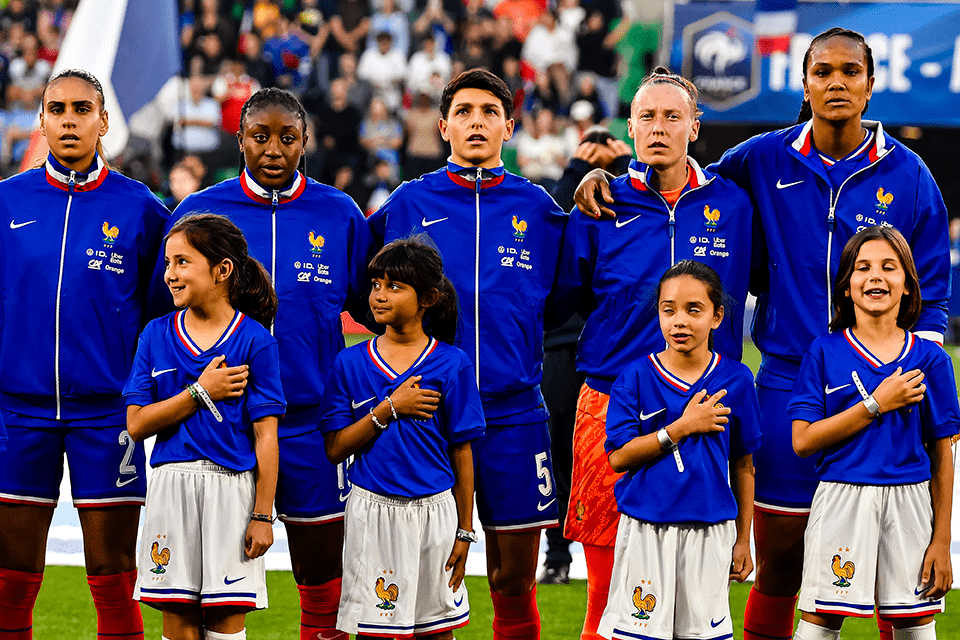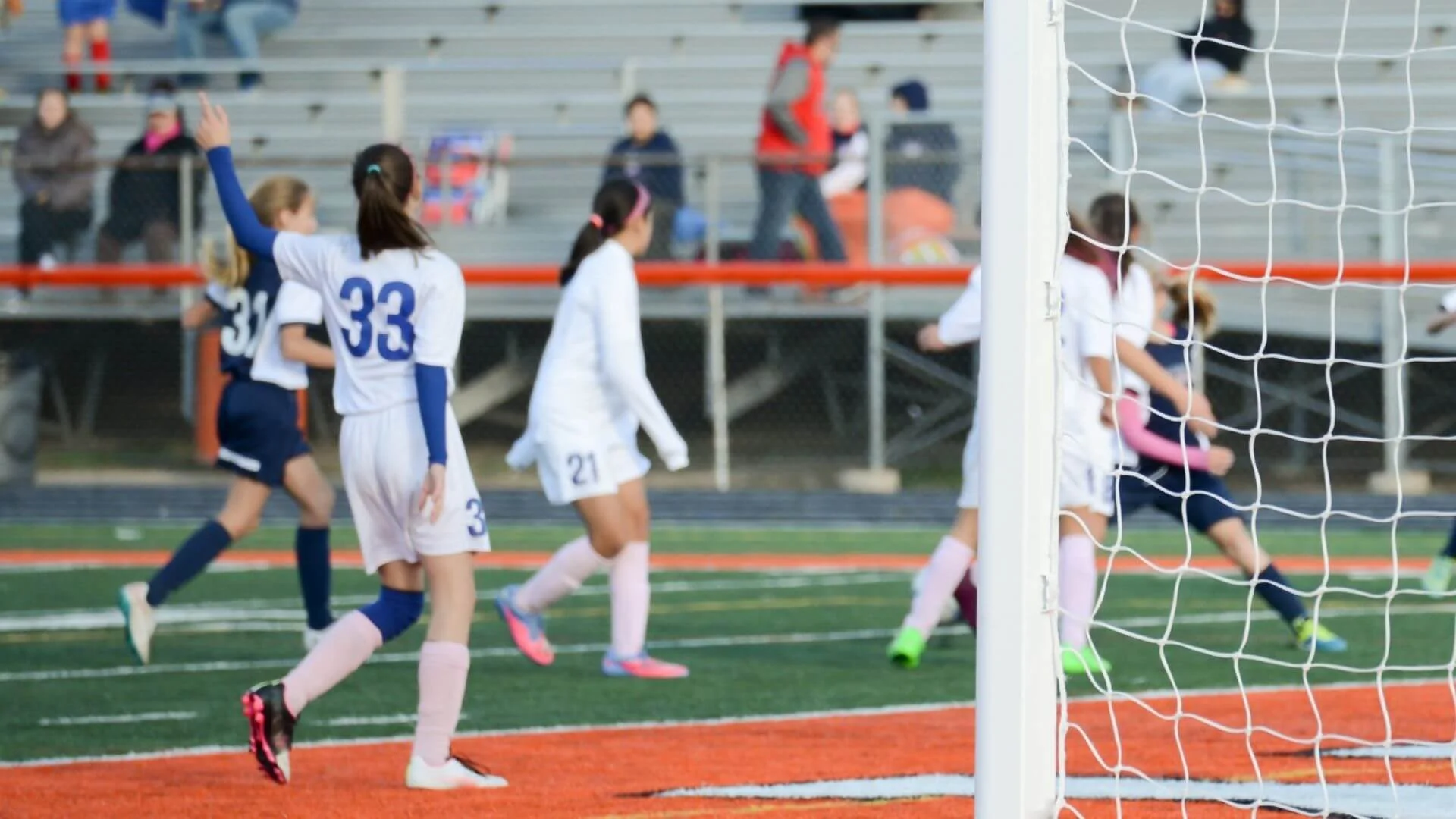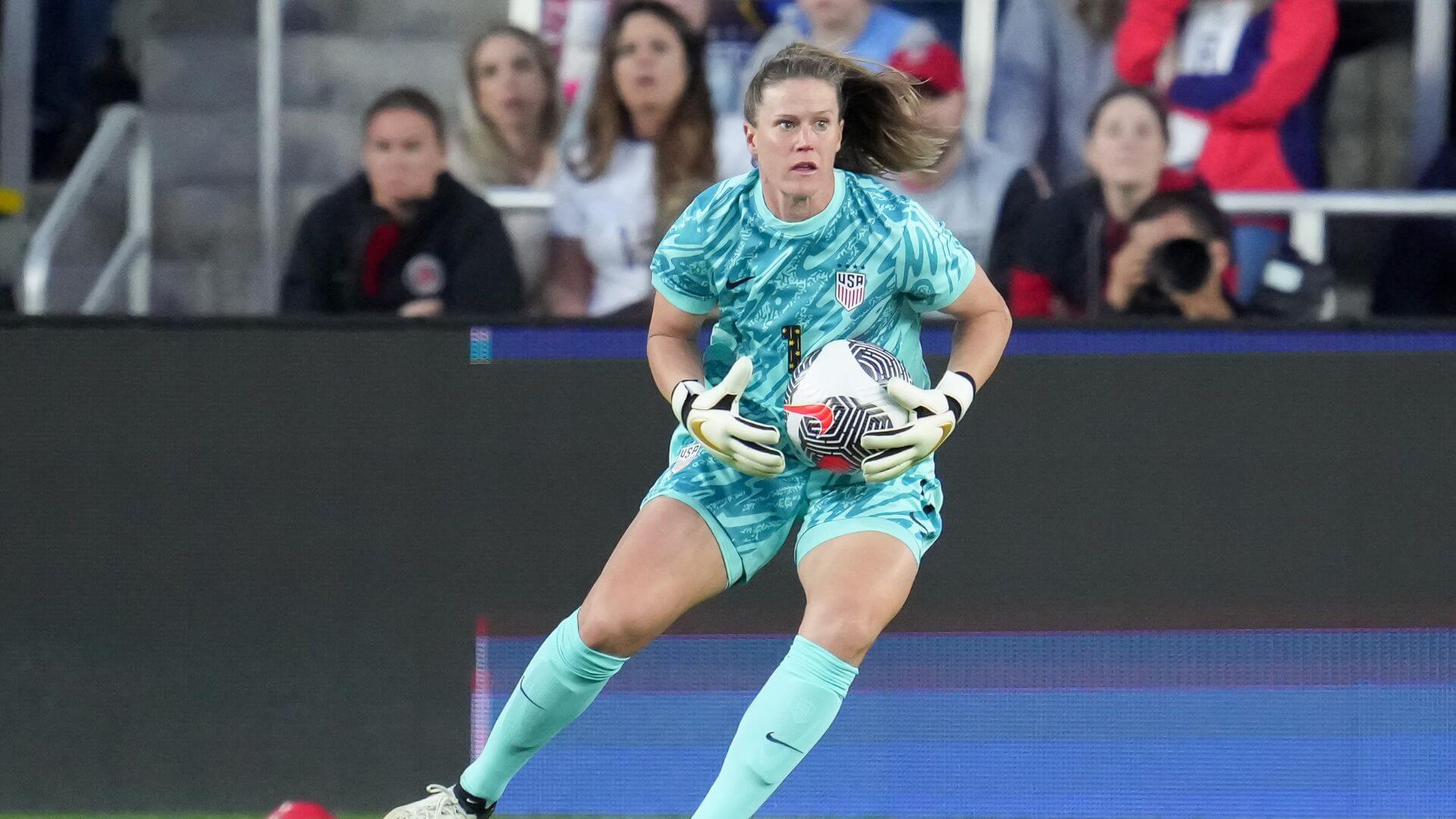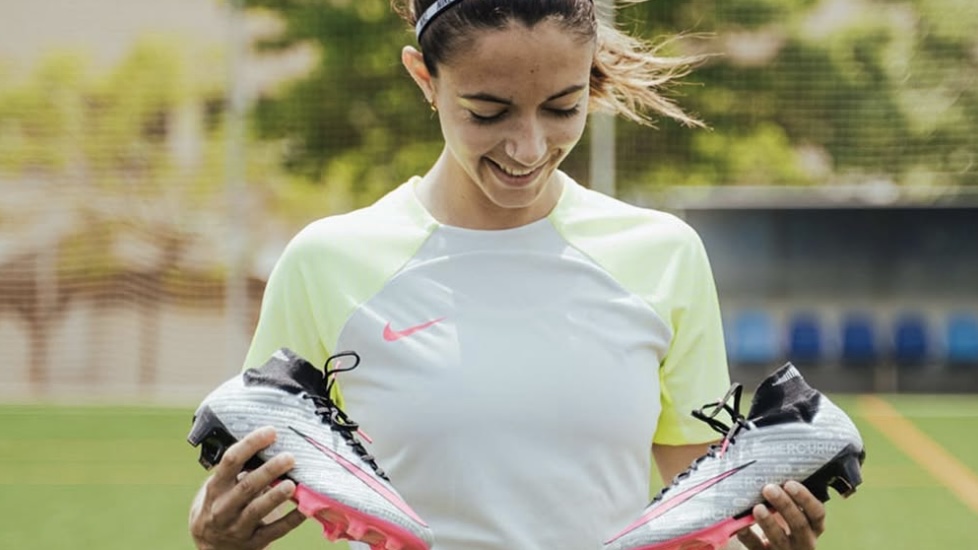How Goalkeeping Has Evolved Over the Years
I’ve said it once, and I’ll say it a thousand times: our keepers are the most unsung heroes of the game. For the U.S. side specifically, we’ve seen Alyssa Naeher do some spectacular things during PKs on both sides of the ball. Goalkeeping has changed so much, both as a position and in the public eye, over the last few decades. The evolution of goalkeeping doesn’t get enough buzz, so let’s change that.
Being a keeper was a strict and rigid position back in the day. There were rules dictating how and how much a keeper could interact with the ball and how far off the line they were allowed to come. It wasn’t common for a keeper to leave the box while the offense was striking or to call out plays during set pieces. For the most part, keepers stood on their line and waited for the ball to be shot.
Keepers were so highly specialized that they weren’t expected to have footwork or finesse, just quick hands and a body that took up space. They really were the last line of defense and nothing more. Two things rising at the same time seemed to have changed the keeper game: the 1992 back-pass rule and the rise of sweeper-keepers.
Back-pass rule
Put in place to discourage time wasting, the back-pass rule was instated for the 1992 Summer Olympics due to performances in the 1990 World Cup. Rather than being able to play the ball back to keepers so they could just hold onto the ball in their protected penalty area, the back-pass rule made keepers use their feet. In today’s game, a player can’t just pass the ball directly into their keeper’s hands; the keeper has to settle the ball with their feet and play it out from there. Keepers now have to show some level of ball control and even a certain level of finesse in case an attack is coming along with that pass. Putting this rule into action has completely changed the game for the better.
Sweeper-keepers
While this hybrid position had been around for a while, by the 90s, it took on a new form with the help of the back-pass rule. Sweeper-keepers cheat off their backline so the defense can play higher and put more pressure on a play. With keepers who are more confident with their feet, this formation opened up the game a lot. Keepers were given more space and responsibility in this position and they also had more expected of them. They had to be faster and quicker on a turn. They had to learn to read a play from higher up and anticipate the tide turning with one bobbled move. Suddenly, keepers were expected to be as athletic as the strikers they were trying to shut down.
These two changes to the game are why we have the super-human athletes who defend the goal. If you were to look at a keeper from 50 years ago versus one playing in the pros today, it would look like a literal evolutionary progression. Keepers today are tall, strong, lightning-quick, and some of the smartest players on the pitch. And now they’re out here scoring goals. They’ve come a long way since the days of just taking up space in the box, and who knows what the position will look like over the next 30 years.
Featured image via Unsplash
_
GIRLS SOCCER NETWORK: YOUR SOURCE FOR GIRLS SOCCER NEWS













